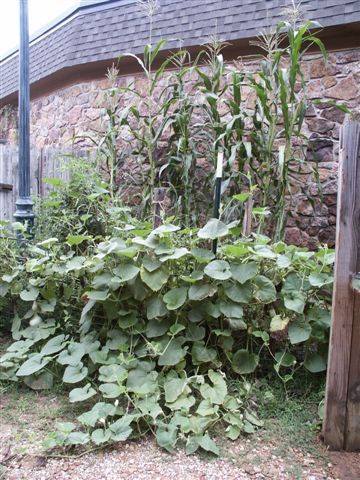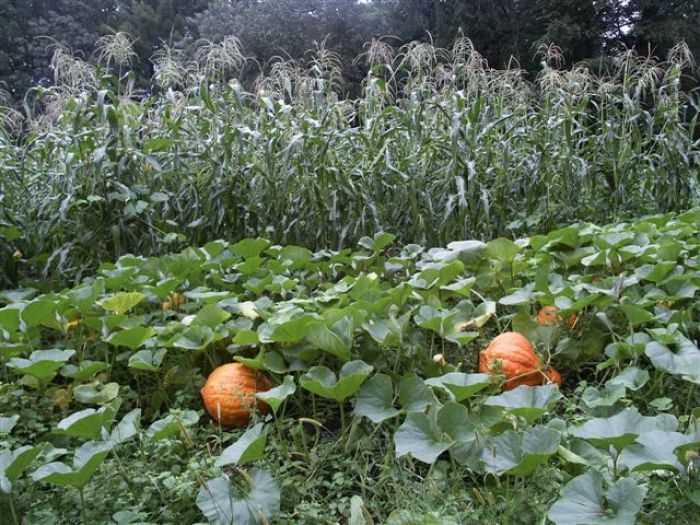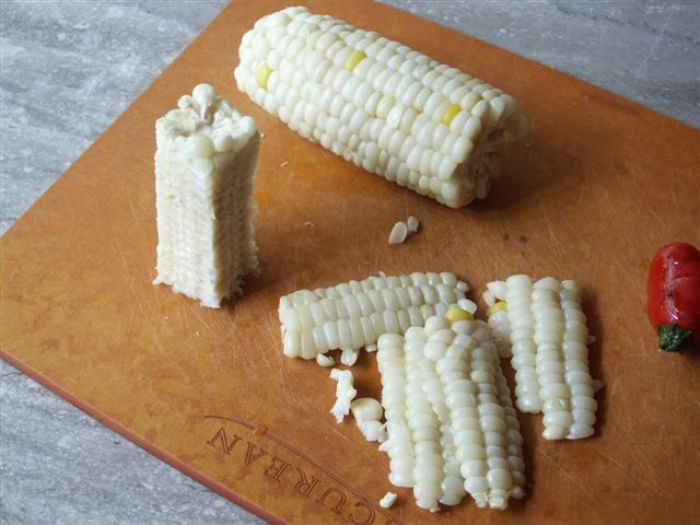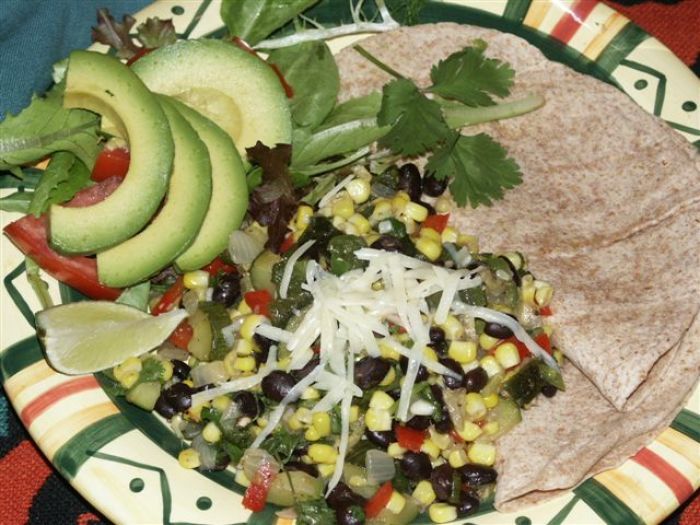
It is that time of year again. Already, fall is in the air. With the fresh crisp smell of autumn and the cooler days, it makes us forget about those broiling hot summer days we just had with little rain. The garden is crispy brown in some places. Fruits are withering on the vine and production is slowing down; it makes me feel wistful. The Canada geese are flying over in the evening and then again in the morning in the other direction; they go from cornfield to lake and back again. I have to go around the house at night and close the windows and for the past week I have been sleeping under two lightweight blankets. Where did the summer go?
With this end of season approaching, the garden peaks, roadside stands and farmers’ markets are brimming over with fresh produce. At this point we are taking summer ripe tomatoes for granted and many of us have been trying to give our surplus zucchini and cucumbers to anyone who will take them. Corn and melons are starting to run low, peaches too, and now mums and apples are appearing everywhere. I am trying to eat my fill of the last sweet corn, tomato sandwiches, sweet juicy peaches and cantaloupes before they are gone.
September and October are harvest months when we gather the last of the summer garden bounty to savor at the table and to preserve for the coming winter months. While we harvest the last of the peppers, tomatoes, eggplants, corn, squash, and beans, the fall crops are just starting to arrive. Chile peppers are at their peak, so gather the harvest or visit your local farmers market and put some of them up for winter. Roast and peel chiles while they are abundant and freeze them or make salsa, put up some pickles and relish and freeze farm-fresh corn that won’t be available in the winter months. Use the stone fruits of summer—peaches, nectarines, apricots, and plums—in cobblers, crisps, cakes, and pies, and preserve their sweetness in jams, jellies, even vinegars.
It is time to celebrate the season with the last of the garden’s bounty. Gather these fruits of the earth, along with friends and family, and savor the flavors of summer before they’re gone!
The Three Sisters Saute recipe combines a traditional native American trio of veggies with the chile harvest. Known as the “three sisters”, corn, beans, and squash are often planted together. The familial allusion refers to how they depend on one another and coexist. Mounds are made in the garden and two or three corn seeds are planted in the center. Once the corn germinates, four beans are sown around the corn facing the four cardinal directions: north, south, east, and west. The beans sprout and their vines grow up around the corn using it for support. Around the base of the mounds on four sides, the squash are planted; they not only provide shade and act as mulch for the mound, their huge leaves and scratchy stems and stalks deter varmints from munching on the beans and corn. This dish is as colorful as it is tasty!






















Comments
Log in or create an account to post a comment.
Sign up Log in